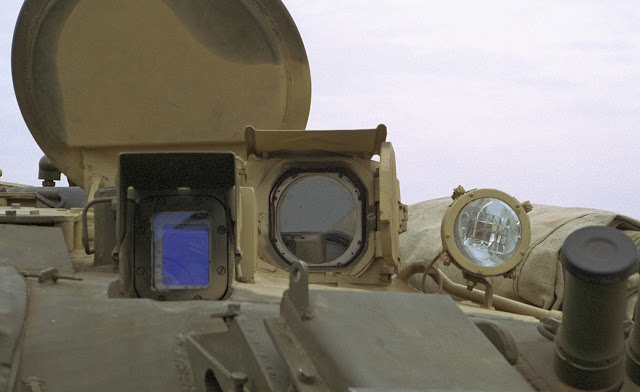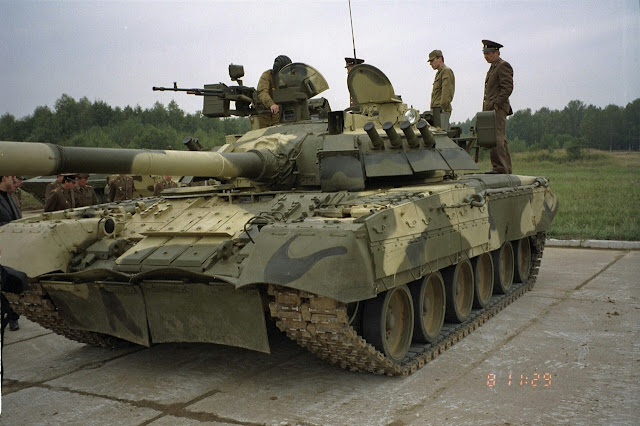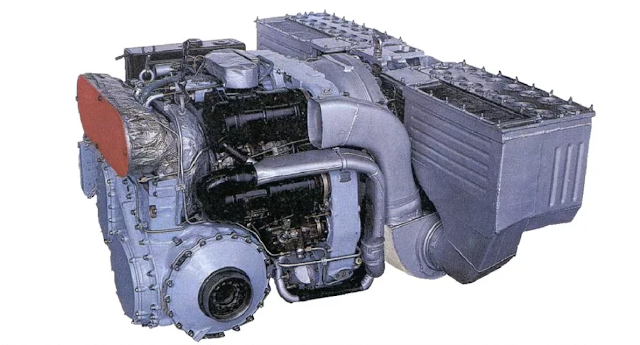"AGAVA" - "AGAVA-2" and its confusing history
When covering Soviet sight technology there are always some interesting designs and approaches to solving an issue. It is a common fact that the Soviet Union in the 1980s-1990s was quite behind in thermal sight technology. Only in the 1990s, but to be specific in 1992, the Soviet Union now Russia started to field small batches of thermal sights on their tanks, primarily T-80Us and some of the early T-90 variants, which just recently entered service. Russia's journey through creating its own domestic thermal sight traces back to 1982. The 1980s were quite an important time for the 'Krasnogorsk Factory named after S.A Zverev', which is still to date an Optical Engineering and Optoelectronics factory. The factory is primarily known for making domestic Soviet cameras back in the day. However, that's not the only thing that the factory has produced back then. Close to the mid-1980s, the facility was contracted to develop new thermal sight technology for the Soviet Ministry...







Comments
Post a Comment